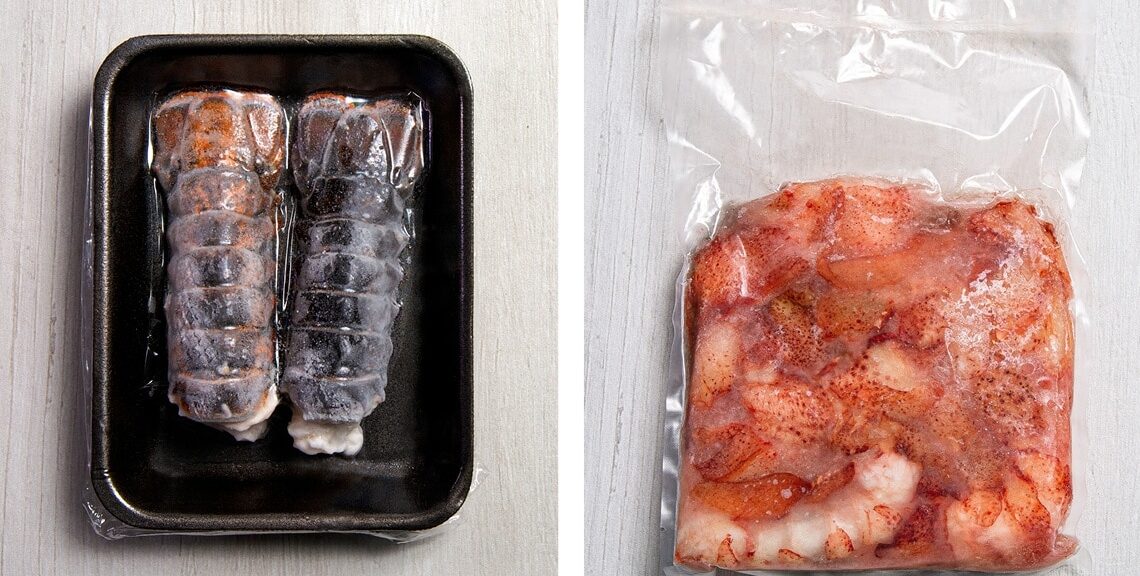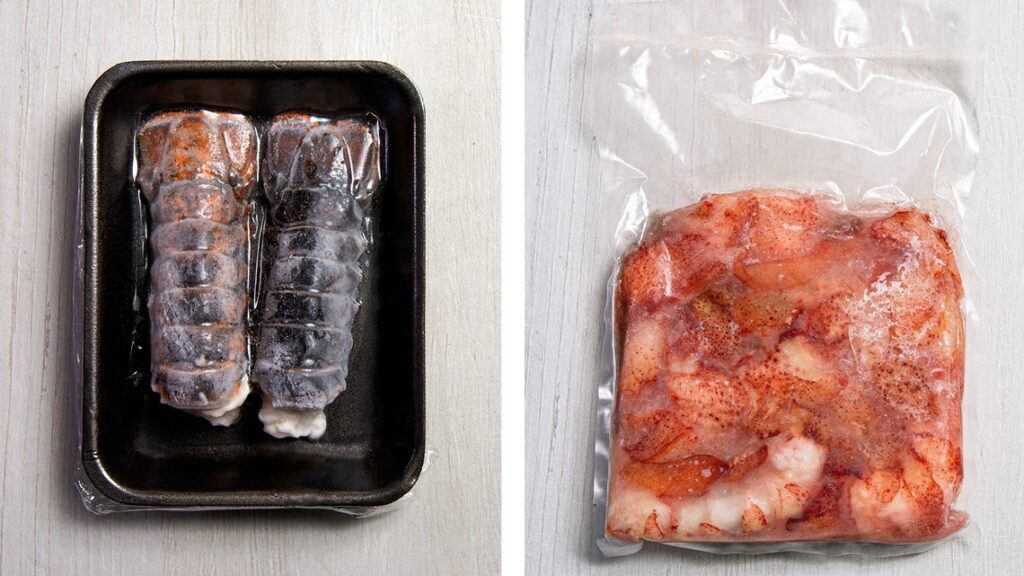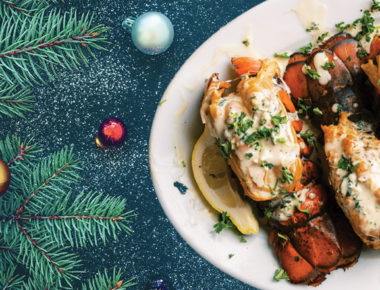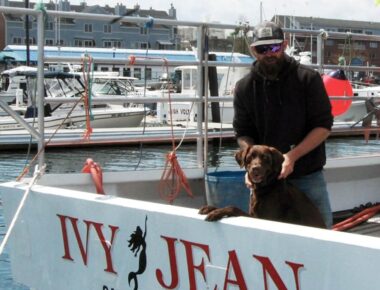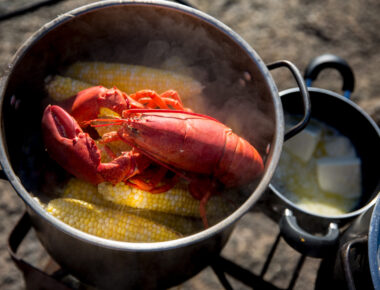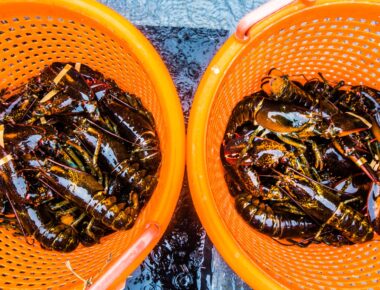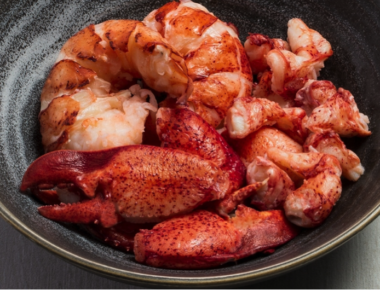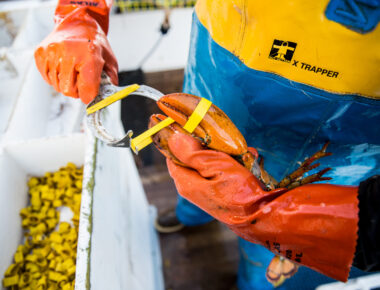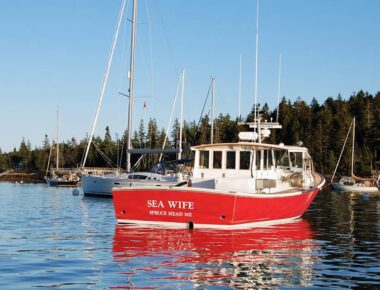John Norton has seen a lot of change in the industry over the course of his career. His company, Cozy Harbor, was founded in 1980, and originally focused on groundfish. A few years later he got into the live lobster market, and in 1993, after the big jump in landings around that time, Cozy Harbor started processing lobsters, taking whole lobsters and creating a number of different products.
That increase in landings spurred a leap forward in processing techniques all across the industry. Prior to this time, Norton says, processed lobster products were fairly limited, including canned lobster (mostly in Canada) and whole cooked frozen, or “popsicle” lobsters that were mostly shipped to Europe.
But with more lobster coming into the docks than the live market could absorb, there was an opportunity to get better processed items in front of consumers.
Vacuum-packing rather than canning as a way to preserve the meat was one of the first innovations.
“Think of the difference between frozen peas and fresh peas – that’s the difference between canned and vacuum-packed lobster,” Norton says.
But the real leaps forward have come with changes to the freezing process. In Maine specifically, the freezing and processing of lobster tails allowed local businesses to break into a high-end business that, up until the early 1990s, was dominated by Australia and South Africa, according to Norton.
And the development of a process to freeze lobster using liquid nitrogen, as opposed to brine or blast freezing, is the latest breakthrough.
“The difference in freezing produces huge differences in quality,” Norton says. “Nitrogen is generations ahead … it really maintains the fresh flavor and texture of a fresh-caught lobster because it freezes so quickly.”
To put the advances into perspective, it takes 18 minutes for tails and meat to freeze solid in a nitrogen-based process. Blast freezing can take 24-36 hours, and that time affects the quality of the meat.
There are some other new technologies processors like Norton are excited about, outside of the freezing process.
Ultra high-pressure processing, where water pressure quickly separates the meat from the shell before cooking, can produces a couple of different new products, one being a whole raw lobster that’s frozen.
“Traditionally when you freeze a raw lobster, the process makes the meat stick to the shell,” Norton says.
Other new innovations include vacuum skin packs, which is a packaging style for retail applications. Cozy Harbor also produces 7oz plastic cups of meat, frozen with liquid nitrogen.
As Norton looks toward the future, he sees new technology down the road reducing the amount of labor required to produce lobster meat.
“Lobster processing is a very labor intensive business,” he says.
He also thinks we’ll see new freezing technologies that aim to produce the same quality that liquid nitrogen does, but at a lower cost.Food safety is becoming a bigger and bigger issue throughout the industry, and there are efforts to digitize the cooking process to guarantee the safety while maintaining quality.

